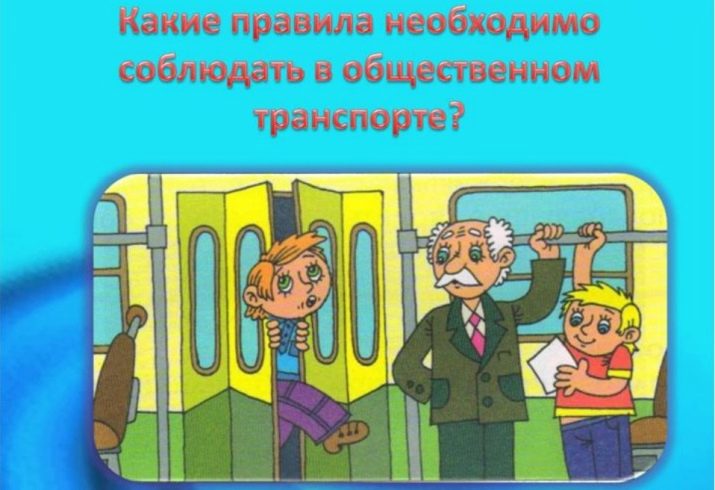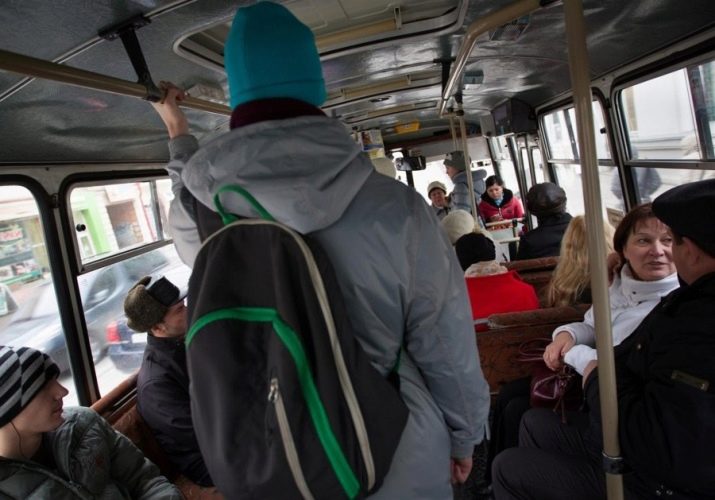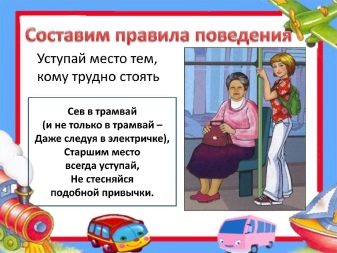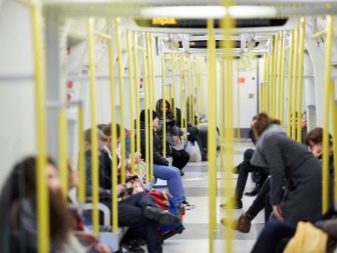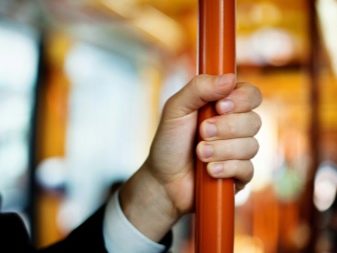Rules of conduct in public transport for students

Sooner or later in the life of any schoolboy there comes a moment when you have to go on the road. And there are strict standards, which are caused by both safety requirements and considerations of convenience of the child, other children and adults. It is enough to learn the simplest principles, learn how to apply them automatically, in order to drive comfortably and quietly in any city and even beyond!
Politeness and general convenience
The rules of conduct in public transport are usually studied in such a way as if every passenger on any trip is trapped by an accident or other critical situation. Much more correct to consider the "usual" situation, and the norms of life cycle to leave for later. Moreover, the same principles of behavior must be observed in theaters and cinemas, in the crowd and in the store, on the plane, on the train, on the ship ...
Remember: unless absolutely necessary (exit at the next stop, complete lack of seats or settlement with the conductor) cannot be stopped at the entrance itself. You need to go to the center of the cabin, sit on any empty seat or take a stand. But it is impossible to rush - look, not to push anyone, not to crush the leg, not to hit accidentally and not to knock some object out of the hands.
Give space to the old and the elderly, people with disabilities, very young children and those traveling with a heavy load. For a schoolboy to stand for 10 - 20 minutes is not only not harmful, but even it will be useful. Never try to shake snow or moisture from clothes and bags on the floor or on the seat, or to the sides.
You can’t even have ice cream, nuts and chocolate bars in public transport.
Concern about the cleanliness of transport and the convenience of other people does not end there. It is unacceptable to comb, cut and clean your nails, poking around in the nose, teeth and ears. If there is an overwhelming desire to sneeze, hold your nose tightly with your fingers and open your mouth for 10 - 20 seconds, it almost always helps. Categorically you should not look at others or closely follow all their actions, shout loudly and sing, talk with friends in public transport "through the entire salon."
It is better to prepare the fare at home, at the very least, when waiting at the bus stop.
You can not:
- throw anything on the floor or out the window;
- cut and tear the seat;
- to impose oneself as an interlocutor on unfamiliar or unfamiliar people;
- rush to the exit when the transport begins to slow down;
- move other people out of the way;
- open newspapers (magazines, voluminous documents) in full;
- put something on the legs of other people and on their belongings without permission, use other passengers as a support;
- climb with legs on the seat.
How to get to the right place safe and sound
Etiquette is extremely important, but do not forget about safety rules. Never get out of the windows, do not enter until a full stop of transport and do not exit if he went and the doors began to close. Avoid reading books, newspapers, watching videos and listening to music during the trip. This is not only harmful to health, but also worsens the reaction at a critical moment. And the wires from the headphones or a dropped gadget that are caught in something may even cause injury.
There are only two basic states of the responsible passenger - he either sits or stands, firmly holding his hand on the handrail (rubber loop). Stay away from coughing and sneezing, especially in the fall and winter. Never stand on the lowest step, unless there is another place.
Make sure that you, your things and clothes do not press the door when opening and closing.Even when the minibus, for example (although it is forbidden), does not stop at the right place, it is better not to leave it, but to get to a full stop.
Carefully look where you step at the entrance to the transport and at the exit from it. If the cabin turned out to be drunk or aggressive people, stay away from them and try not to get into conflict first. When traveling late or early in an empty bus try to sit closer to the driver or the conductor, then it will be more difficult for attackers to attack you.
Do not leave your belongings, inform drivers, conductors and supervisors about abandoned things and suspicious people.
These rules are universal. They need to be observed also in other types of public transport: trolley buses, subways, shuttle buses.
When traveling on a tour bus, this list is complemented by several more rules:
- Be sure to wear seat belts.
- Exit the cabin at bus stops can only be organized.
- Arrive at the collection point and return to the bus at the stop in advance. So it will be calmer, you not only will not lag behind the group and will not cause anyone any trouble or anxiety, but you will also be able to calmly, without haste, take a certain place.
These and other rules of behavior in public places, including transport, see below.
